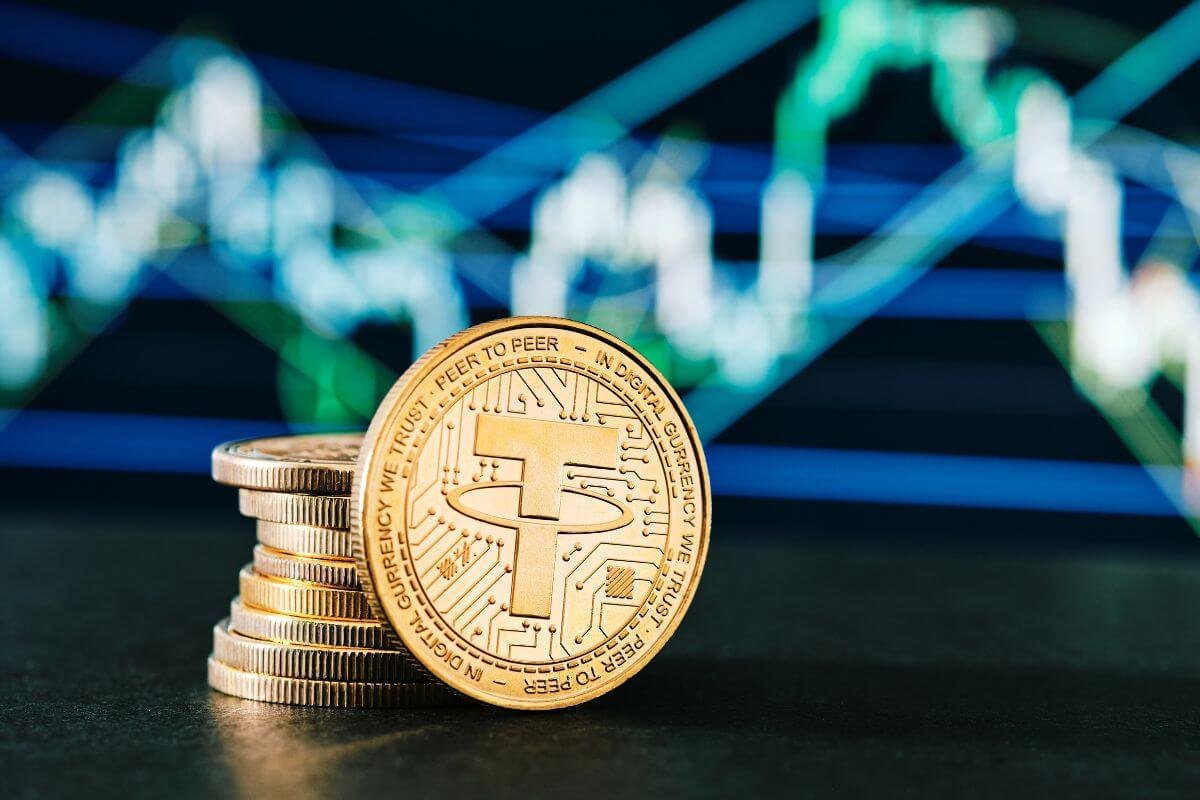According to industry sources, Tether, the company behind the world’s largest stablecoin USDT, is reportedly taking steps towards decentralization. This move comes after a recent global IT issue temporarily disrupted Tether’s operations, highlighting the potential risks of a centralized system.

Tether tokens, or USDT, are cryptocurrencies pegged to the value of the US dollar. This stability makes them popular for trading other cryptocurrencies and as a haven during market volatility. However, Tether has faced criticism for its lack of transparency and reliance on a centralized system.
The recent IT glitch, while temporary, underscored these concerns. For a period, users were unable to conduct certain transactions with USDT. This vulnerability in a centralized system could have wider ramifications in the future.
In response, Tether seems to be embracing a more decentralized approach. Details are still emerging, but reports suggest the company might be exploring options like:
- Multi-signature wallets: This would require multiple parties to approve transactions, reducing the risk of a single point of failure.
- Decentralized Oracle networks would provide secure and verifiable data feeds, lessening Tether’s dependence on internal systems.
- Community governance: This could involve token holders having a say in certain decisions related to the USDT ecosystem.
While Tether’s decentralization plans remain unclear, the move signifies a significant shift. If implemented successfully, it could address concerns about transparency and build trust among investors.
However, there are challenges to consider. Decentralization can introduce complexities in governance and potentially slow down transaction processing. Tether must balance decentralization and maintaining a stable and efficient system for USDT.
The cryptocurrency industry is watching Tether’s moves closely.
If Tether’s experiment with decentralization proves successful, it could pave the way for other stablecoin issuers to follow suit. This could lead to a more robust and secure future for stablecoins in the global financial landscape.
